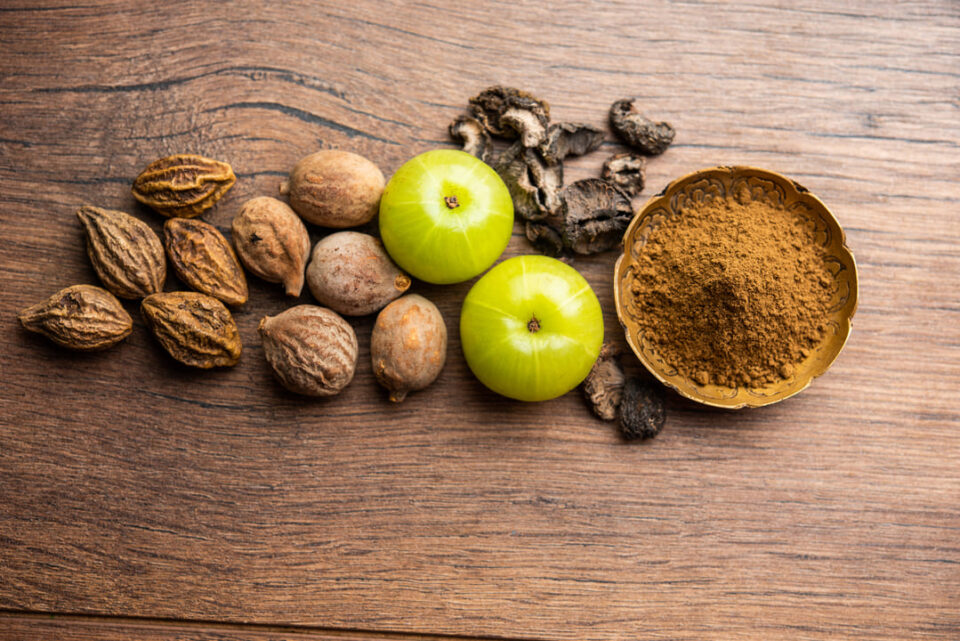I often encounter patients with unique health concerns that require careful investigation and explanation. Recently, one of my long-time patients, Raman, reached out to me with a perplexing issue that led to a surprising discovery about the effects of a common Ayurvedic remedy on the colon.
Raman’s Struggle with Constipation
Raman, who had moved to Electronic City from R.T. Nagar two years ago, had been experiencing severe constipation for several days. He sought help from a local doctor, who prescribed a laxative called Duphalac. Despite taking two doses per day, Raman was unable to pass stool and grew increasingly worried about his condition.
Seeking Further Medical Assistance
Concerned about his persistent constipation, Raman visited a nearby hospital. The doctor there recommended an enema, which provided some relief. However, the doctor also planted a seed of doubt in Raman’s mind, suggesting that his constipation could be caused by either drinking too little water or a potential blockage due to tumors.
Colonoscopy and Biopsy Results
Shocked by the possibility of tumors, Raman followed the doctor’s advice and underwent a colonoscopy at a nearby diagnostic center. The gastroenterologist found that while everything appeared normal, the inner linings of Raman’s colon were highly colored. A biopsy was performed, which came back normal, but the doctor couldn’t explain the unusual colouration.
The Triphala Connection
During our conversation, I asked Raman if he was taking any regular medications. He mentioned that he had been taking Triphala churna regularly for nearly 12 years until the previous month. This revelation led me to an important realization about the potential cause of his colon discolouration.
Triphala as a Natural Dye
Triphala, a popular Ayurvedic remedy, is known for its natural dyeing properties. I explained to Raman that the long-term consumption of Triphala churna can lead to the colouring of the inner linings of the intestine. However, I reassured him that this is absolutely safe and not a cause for concern.
Fruits and Vegetables That Can Cause Colon Discolouration
In addition to Triphala, certain fruits and vegetables can also cause coloration in the inner lining of the intestine. Some examples include
1. Beetroot
2. Blueberries
3. Blackberries
4. Pomegranates
5. Cherries
6. Red cabbage
7. Spinach
8. Kale
These foods contain natural pigments that can temporarily stain the colon lining, but this is harmless and does not indicate any underlying health issues.
Research on Triphala and Colon Health
Several studies published in international medical journals have explored the effects of Triphala on colon health. A study by Mukherjee et al. (2006) found that Triphala exhibited significant antioxidant and anti-inflammatory properties, which can help promote a healthy digestive system. Another study by Rayudu and Raju (2014) demonstrated that Triphala has a protective effect on the colon mucosa and can help prevent oxidative stress-induced damage.
Patients’ Experiences with Triphala
Many patients who have incorporated Triphala into their daily routine have reported positive experiences. Some have noted improvements in their digestive health, including reduced constipation and better overall gut function. Others have mentioned that they feel more energized and have experienced clearer skin as a result of taking Triphala regularly.
Conclusion
Raman’s case highlights the importance of considering all factors when investigating unusual health concerns. The discolouration of his colon lining, initially a cause for worry, was ultimately attributed to his long-term use of Triphala churna. As a doctor, I believe it is crucial to be well-informed about the potential effects of natural remedies and to educate patients about their safety and efficacy.

